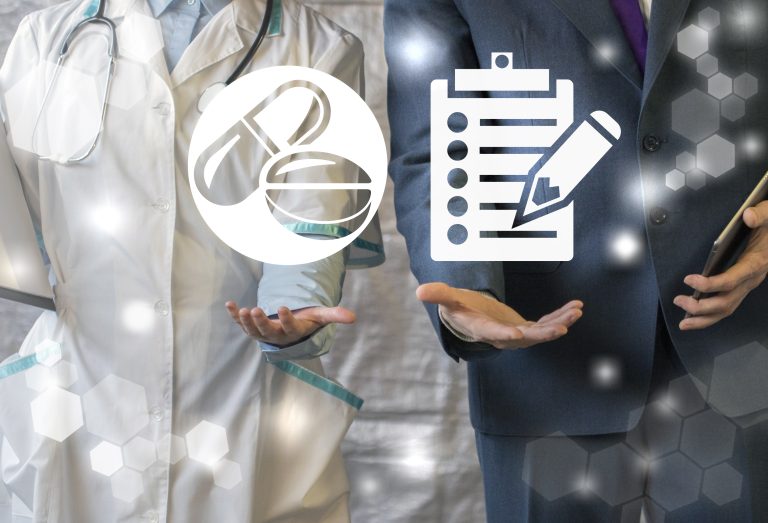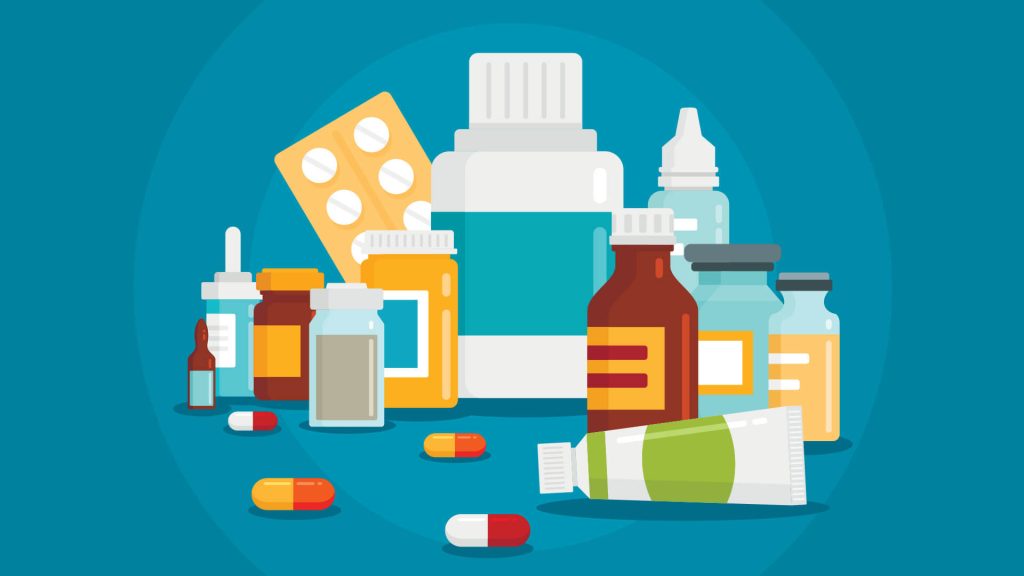Introduction
In the realm of pharmaceuticals, the pursuit of excellence in product quality is a never-ending journey. Governments and private industries have diligently crafted recommendations and regulations over the years, evolving in response to the dynamic landscape of the pharmaceutical sector, particularly in the digital age. In this comprehensive paper, we delve into the fundamental definitions of key guidelines and regulations, illuminating the critical role of selecting the right Environmental Monitoring Systems (EMS) vendor in achieving and maintaining compliance.
Improving Quality Through Compliance
The pharmaceutical industry’s relentless pursuit of quality improvement underscores its commitment to patient well-being. Central to this endeavor are Good Manufacturing Practices (GMP) and 21CFR11 regulations, within the context of the Good Automated Manufacturing Practice (GAMP5) framework. Staying current with these guidelines and regulations is paramount for pharmaceutical companies striving to meet the highest standards of quality.
The integrity of pharmaceutical products hinges on how a company creates, maintains, retrieves, corrects, and controls data that validates the sterile manufacturing process and the clean environments where sterile products are manufactured. Additionally, how a company responds to out-of-tolerance conditions through EMS alarm notifications is pivotal for both process operation and product quality. An EMS thus emerges as a critical tool in ensuring data accuracy and, by extension, product quality.
The FDA has maintained its unwavering focus on safeguarding record integrity, especially concerning electronic records since the introduction of 21CFR11. The objective remains clear: to ensure product quality. Consequently, “record integrity and data integrity” take center stage during regulatory audits. Having a robust EMS capable of validation to meet regulatory compliance is essential. This underscores the importance of pharmaceutical manufacturers closely scrutinizing EMS vendors for support in their continuous quality improvement initiatives.
In recent years, pharmaceutical companies have been employing risk mitigation as a criterion for EMS provider selection. Emphasis has shifted towards strong validation support, ongoing technical assistance, downtime reduction, and overall production loss minimization. Unbeknownst to many, choosing the wrong vendor can impact business continuity. Your EMS vendor should possess an in-depth understanding of GMP, GAMP, and 21CFR11 requirements, and be willing to collaborate with you in pursuit of sustained product quality.

Understanding Key Regulatory Guidelines
To comprehend the importance of compliance, let’s unravel the core definitions of the key regulatory guidelines shaping the pharmaceutical landscape.
1. Good Manufacturing Practices (GMP)
GMP encompasses the practices necessary to conform to guidelines recommended by agencies that regulate the authorization and licensing of food, drug products, and active pharmaceutical products. These guidelines establish minimum requirements that pharmaceutical and food product manufacturers must adhere to, ensuring high-quality products that pose no risk to consumers or the public.
2. Good Automated Manufacturing Practice (GAMP)
GAMP, a technical subcommittee of the International Society for Pharmaceutical Engineering (ISPE), offers guidelines for manufacturers and users of automated systems in the pharmaceutical industry. It outlines principles and procedures aimed at ensuring pharmaceutical products meet the requisite quality standards. One fundamental principle of GAMP is that quality must be ingrained into every stage of the manufacturing process, from raw materials and facilities to staff training and hygiene. Standard Operating Procedures (SOPs) play a critical role in processes affecting the quality of the end product. The GAMP V model is a prime example on how to implement an EMS based on a Risk Assessment by the manufacturer.
3. 21CFR11 (Title 21 of the Code of Federal Regulations Part 11)
Commonly referred to as 21CFR11, this regulation is the 11th part of Title 21, outlining the United States Food and Drug Administration’s (FDA) rules regarding electronic records and electronic signatures. It establishes criteria for electronic records and electronic signatures to be considered trustworthy, reliable, and equivalent to paper records. Here is a link to the FDA paper Guidance for Industry (fda.gov)
Validation: Ensuring Quality at Every Stage
Validation is the process of confirming, in accordance with Good Manufacturing Practice principles, that a procedure, process, equipment, material, activity, or system consistently produces expected results. For computer systems, validation is an extensive process that spans various lifecycle stages, including implementation, qualification, operation, modification, requalification, maintenance, and retirement.
With the introduction of EUGMP (European Union Good Manufacturing Practice) and Annex 11 Computerized Systems in 2011, validation requirements in the pharmaceutical industry have evolved. Adhering to these guidelines is recommended to ensure compliance.

Regulatory Requirements for Software Validation
Regulatory requirements for software validation vary depending on the industry. In medical device manufacturing, software validation is mandated by the Quality System regulation published in the Federal Register in 1996. This requirement applies to all medical device software products developed after June 1, 1997, irrespective of device class. Proper validation protocols necessitate rigorous development aligned with the EMS software’s traceability matrix.
EUGMP Annex 11 Computerized Systems
Annex 11, introduced in 2011, pertains to all forms of computerized systems employed in GMP-regulated activities in the pharmaceutical industry. It serves as a checklist of non-prescriptive requirements to ensure computerized systems meet the European Medicines Agency (EMA) GMP requirements.
Risk Mitigation: Ensuring Quality and Continuity
The pharmaceutical sector’s growing demand for real-time monitoring systems and improved data quality has led to a heightened focus on risk mitigation. Risk management in pharmaceuticals is a systematic process for assessing, controlling, communicating, and reviewing risks throughout the product lifecycle. Companies are adopting risk mitigation as a tool for selecting the right EMS provider, emphasizing validation support, technical assistance, and overall production loss reduction.
Data Integrity: The Bedrock of Quality Assurance
Data integrity is fundamental to Good Manufacturing Practice data reliability and security. It is achieved through robust data governance practices to ensure data completeness, consistency, and accuracy. Regulatory bodies, including the UK’s Medicines and Healthcare Products Regulatory Agency (MHRA), have issued guidelines stressing the importance of system design, data integrity, risk assessment, and data record management.
In audits and standard operating procedures (SOPs), companies must address critical questions such as data validation and manipulability. Issues related to data integrity can lead to serious consequences, including backdating, fabricating data, and compromising product quality.
Design Controls for Data Quality
Designing controls for data quality is essential to ensure quality is built into the final product. A data integrity program comprises identifying critical data, risks, confidence levels, meaningful data reporting, controls over the data lifecycle, and generating proof through audit trails and checklists. The Pharmaceutical Industry and FDA jointly developed a voluntary code of conduct in 2016 to address data integrity issues and reinforce confidence in systems and organizations.
Building a Monitoring System: Key Considerations
Designing an effective Monitoring System that adheres to regulatory guidelines necessitates several essential elements:
GAMP design and development.
Formal risk assessment leading to a User Requirement Specification (URS).
Compliance with 21CFR11 requirements through SOPs.
Compliance with EUGMP Annex 11 requirements.
Data integrity safeguards.
Validation processes.
Traceability to the URS.
Service Level Agreement (SLA).
Conclusion
GMP, GAMP5, and 21CFR11 are integral components of pharmaceutical compliance guidelines, consistently evolving to ensure product quality. An Environmental Monitoring System (EMS) stands at the forefront of these requirements, playing a pivotal role in maintaining data integrity and ensuring product safety. Meticulous planning, design, implementation, validation, performance monitoring, and ongoing maintenance are imperative to achieve regulatory compliance. It is crucial to partner with experienced vendors capable of supporting your continuous quality improvement initiatives. Selecting the right EMS provider is not just a business decision; it’s a commitment to upholding the highest standards of pharmaceutical product quality, ensuring patient safety, and safeguarding public health and mitigating from the loss of business continuity. EU GMP Annex 11 Computerized systems require Service Level Agreements to be in place to ensure system downtime and ongoing service and maintenance are well documented and the right vendor is engaged in maintaining the EMS. Annex 11 is currently under review and you can find information here: Concept Paper on the revision of EU GMP Annex 11 (europa.eu)


